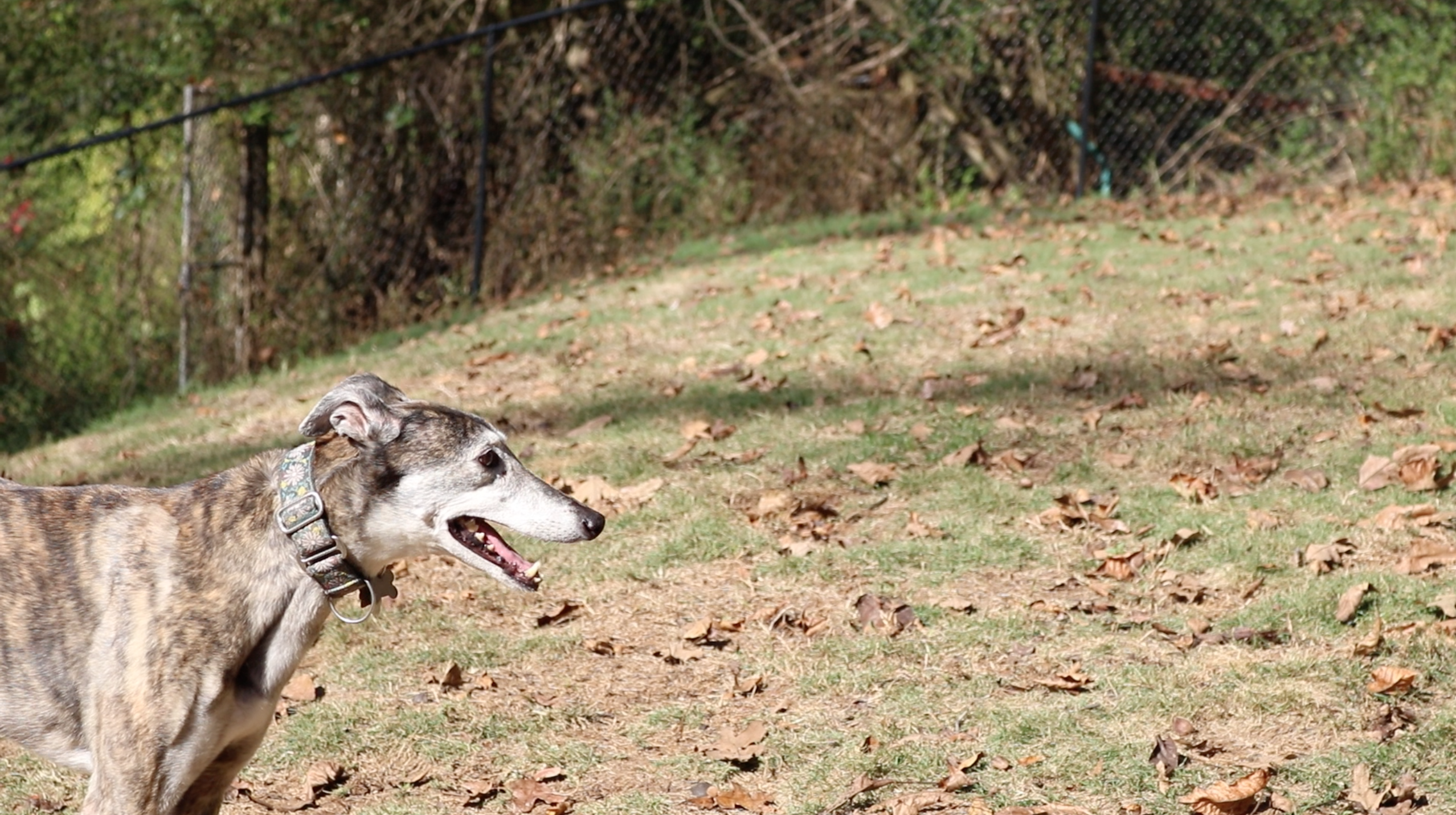
The debate on greyhound racing
Someone is either pro-racing or anti-racing. A person cannot be neutral on the greyhound racing debate. At least this is what Carl Viener believes.
Viener considers himself pro-racing, even though he is the director at Adopt a Greyhound Atlanta located in Stone Mountain, Georgia. Viener has been finding homes for retired racers, as well as boarding greyhounds, for over 35 years. Viener says that he has seen greyhound farms and greyhound kennels first hand and that is why he is not against the industry.
People who aren’t familiar with the greyhound breed aren’t aware of their lazy nature. Viener believes the cages are a norm in the racing environment and the dogs are used to it, therefore he believes it’s not a big deal. The greyhound breed is known for being compared to a couch potato. It’s common for greyhounds to be sleeping and lounging for the majority of the day.

“I think that people, you know, put themselves mentally in this cage and they think they would be miserable, therefore the dog might be,” Viener said.


Viener wasn’t always pro-racing. A large number of retired racers used to be euthanized, but over the years it’s changed.
All of the dogs that are brought to Greys’Land come from Orange Park in Jacksonville, Florida. Viener has done research on the Bestbet Orange Park cocaine scandal, first reported by WTLV-TV, and believes people are unaware of vital information left out of debates and reports when trying to understand what exactly the testing lab at the University of Florida discovered. Steve M. Sarras Kennels on Facebook took matters into his own hands on explaining the left-out facts to the public.
“There are people that think they’re abused physically,” Viener said. “They’re athletes. You don’t do that to our athletes. They’re not gonna perform well, so logic kinda tells you that that’s not done either.”
Viener believes that the amount of cocaine found in each dog’s system was much lower when compared to the threshold allowed in horse racing, airline pilots and probationers when tested. Viener says cocaine is an environmental contaminant that exists in places such as paper money.
“I believe that somebody, whoever was taking care of the dogs, had handled cocaine at some point and touched their dog food or touched the dogs or something and this tiny, tiny, tiny, infinitesimal amount was in their bloodstream,” Viener said.
With the dogs being observed prior to a race in an enclosed vicinity, Viener believes a dosage of cocaine would have to be administered at least two hours before a race. At the time of the race, the cocaine would have already been metabolized through a dog’s system. Cocaine is also an expensive means to try and win, Viener added.
Groups on Facebook, such as Greyhound Awareness Cork, promote shutting down the greyhound racing industry across the globe. For example, there could be questions raised as to whether the post referring to the Bestbet Orange Park scandal fails to clarify and explain the environmental levels of prohibited substances, such as cocaine, found in the greyhounds.
Viener believes racing dogs are treated with proper medical attention and care at kennels. Greyhounds are happy to see their handlers years later after retiring from racing, Viener added. The debates Viener often sees are between people who have seen versus people who haven’t seen the way greyhounds are treated first hand.

“They’re kind of like ostriches,” Viener said. “They like to have their head in the sand and not know that there’s anything good.”
